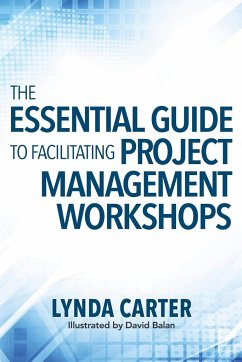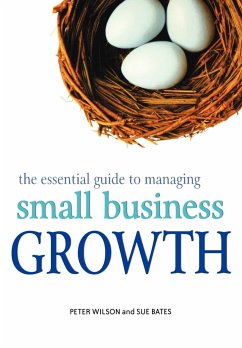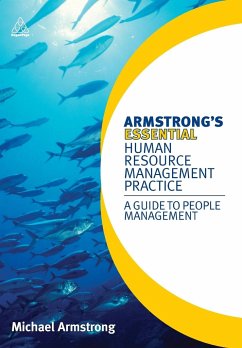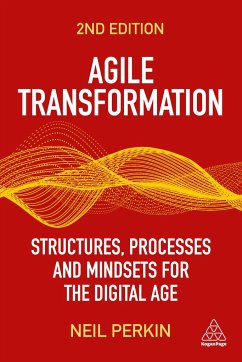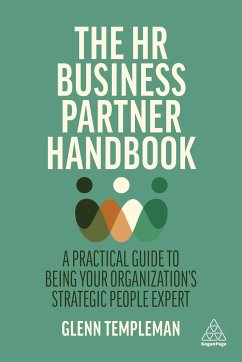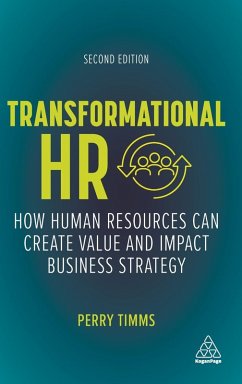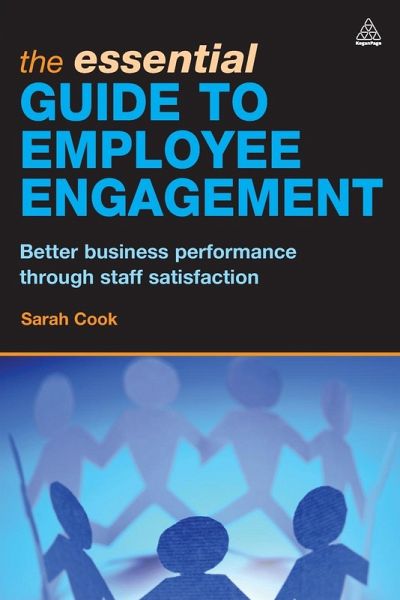
The Essential Guide to Employee Engagement
Better Business Performance Through Staff Satisfaction
Versandkostenfrei!
Versandfertig in 1-2 Wochen
39,99 €
inkl. MwSt.

PAYBACK Punkte
20 °P sammeln!
The Essential Guide to Employee Engagement explores the concept and practice behind creating an engaged workforce and how this can contribute to organizational success. Recognizing that engaged employees are more productive, engender greater customer satisfaction and loyalty, and can help to promote your company's brand, the book gives you the necessary tools to make this happen. The author draws on a wide range of international case studies and examples, which demonstrate how an actively-engaged workforce can help your organization to flourish. You are shown how to measure the level of your e...
The Essential Guide to Employee Engagement explores the concept and practice behind creating an engaged workforce and how this can contribute to organizational success. Recognizing that engaged employees are more productive, engender greater customer satisfaction and loyalty, and can help to promote your company's brand, the book gives you the necessary tools to make this happen. The author draws on a wide range of international case studies and examples, which demonstrate how an actively-engaged workforce can help your organization to flourish. You are shown how to measure the level of your employees' engagement and provided with a strategy to apply to help increase active staff participation.







